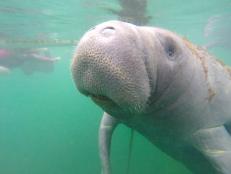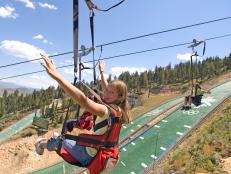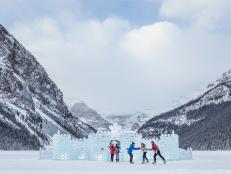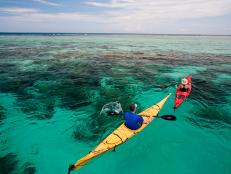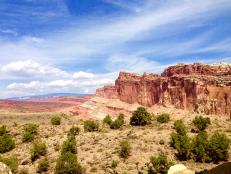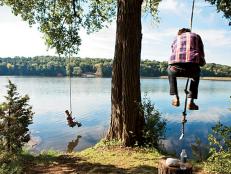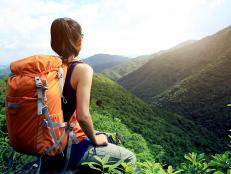6 Tips for Trekking to Mount Everest Basecamp
Trekking in the Himalaya is undoubtedly one of the most wondrous journeys one could possibly experience in a lifetime. It really is the complete journey, chock-full of all of the ingredients that any good adventure should have: kind and loving locals, vivid culture, challenging terrain and magnificent panoramas. And just as with any worthy objective, a few timely and relevant tips can truly enhance your trek up to the most famous basecamp in the world.
Listed below are a few of the pearls I share with folks prior to their departure to the magical realm of Nepal.
1: Put the miles in before you depart
Each day on the trail will consist of a solid chunk of “Khumbu miles”… this translates to long days across undulating terrain at ever-increasing altitude. So, prior to showing up in Kathmandu, put in dozens of days on variable terrain with extended periods climbing up as well as lengthy descents. Don’t fixate on carrying a heavy pack on these training days, just focus on 8-10 hours of movement with lots of ups and downs.
2: Know your gear
Train with the same gear you plan on using for your trek. Break it in.
Get it good and smelly. Get intimately familiar with each piece of gear. Understand how your hydration system works. How to lengthen and shorten your trekking poles. All the ins and outs of your snazzy new camera. Always keep hand sanitizer, sunscreen and some toilet paper in your pack.
Also… IT’S ALL ABOUT THE LAYERS!!! Use multiple layers and be willing to alter your layers throughout the day. One of the quickest ways to regulate temperature is to put on or take off your warm hat.
3: Know what you’re getting into
It won’t be easy. There will be times, perhaps days, that your patience and resilience will be tested. Expect very long days, rapidly changing weather, loud (and sometimes annoying) fellow trekkers, cold nights, rudimentary toilet conditions and very limited (if any) communication with the outside world. Embrace the varying quality of food, the need to pee or even poop outside when necessary and the lack of a legitimate shower. All of these small inconveniences make up the beauty that can only be found when we step out of our comfy places.
4: Pace… breathe it in
Go slow to go fast. Seems as though every trip I encounter someone that is intent on firing up the trail as fast as possible. If speed hiking is your thing, then go for it. For the rest of us, keep the roll nice and slow… what we call a conversational pace (being able to chat while walking without being winded). Take lots of photos. Breath in the vastness of the Himal! Your body will acclimate more effectively and you’ll come away with more vivid memories and photos.
5: Listen to your body and do what it says
Throughout the trek, your body will tell you what it needs. Headaches and nausea tell you to slow down and hydrate more. Headaches are expected… don’t panic. Use Excedrin during the day (the caffeine helps) and Tylenol at night. Stop by the HRA clinic in Pheriche for medical care and a lecture on altitude illness (there is also a clinic at Everest Basecamp). Hydrate throughout the day (minimum of 3 liters). Don’t stress on the altitude issue. You can’t control it… only do your best to optimize your body. Diamox is an amazingly helpful medication, but when administered inappropriately, can be detrimental. Consult with a medical professional that is well versed in altitude illness before taking it.
6: Sidebar tricks
A few little tweaks to enhance the experience even just a bit more: Place a hot water bottle in your sleeping bag at night. Bring several sets of earplugs. If your day-trekking clothes are a bit damp from the hike, once you get your sleeping bag nice and toasty, stuff them down towards the bottom overnight—by morning, they will be dry. Graze on snacks throughout the day. Load good music on your player. Load a few digital books on your player. Smile often.
Jeff Evans, is a physician assistant specializing in high altitude and travel medicine, has been a part of 12 Himalayan expeditions, including guiding the first and only blind climber to the summit of Mt. Everest. He has a deep love and appreciation for Nepali and Sherpa culture, as well as walking amongst the biggest mountains in the world. Watch Jeff as he helps lead a team of pilots and Sherpa mountaineers to help climbers in danger on the tallest mountain in the world on the upcoming Travel Channel series EVEREST AIR.

